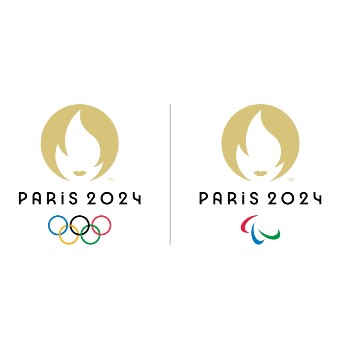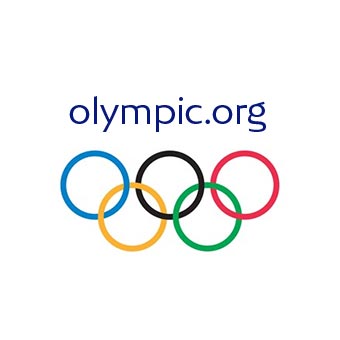for a fair sport
In association with WADA (the World Anti-Doping Agency) and ITA, the EOC is dedicated to complying with world Clean Sport regulations and helping to educate and inform athletes and coaches about its importance and how to effectively follow Clean Sport requirements.








